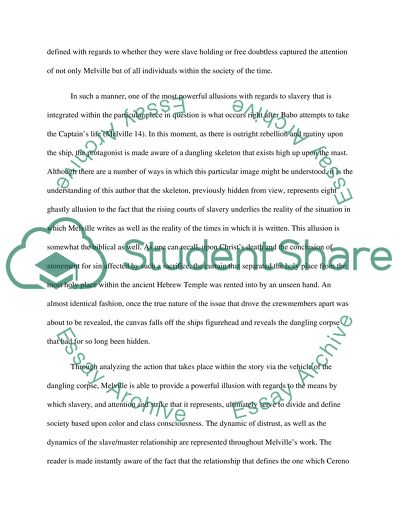Cite this document
(“Analysis of Herman Melvilles Work Beneto Cereno Essay”, n.d.)
Analysis of Herman Melvilles Work Beneto Cereno Essay. Retrieved from https://studentshare.org/literature/1477383-analysis-of-herman-melvilles-work-beneto-cereno
Analysis of Herman Melvilles Work Beneto Cereno Essay. Retrieved from https://studentshare.org/literature/1477383-analysis-of-herman-melvilles-work-beneto-cereno
(Analysis of Herman Melvilles Work Beneto Cereno Essay)
Analysis of Herman Melvilles Work Beneto Cereno Essay. https://studentshare.org/literature/1477383-analysis-of-herman-melvilles-work-beneto-cereno.
Analysis of Herman Melvilles Work Beneto Cereno Essay. https://studentshare.org/literature/1477383-analysis-of-herman-melvilles-work-beneto-cereno.
“Analysis of Herman Melvilles Work Beneto Cereno Essay”, n.d. https://studentshare.org/literature/1477383-analysis-of-herman-melvilles-work-beneto-cereno.


